Since the Middle Ages, the lotus flower has been elevated by scholars to become a symbol of virtue and personality.
In the treasure trove of Vietnamese poetry, there are few images as enduring and polysemous as the lotus. The collection of poems “Lotus”, selected by poet Dang Huy Giang and published by the Writers’ Association Publishing House in the second quarter of 2024, is a unique work of poetry, gathering nearly 130 poems by more than 60 authors from the Middle Ages to the present. This is not only a collection of poems about lotus but also a journey to explore the cultural depth, morality, spirituality and emotions of the Vietnamese people over the centuries.
Since the Middle Ages, the lotus flower has been elevated to the status of a symbol of virtue and personality by famous scholars such as Nguyen Trai, Nguyen Du, Cao Ba Quat... In Nguyen Trai's poetry, the lotus represents a gentleman who lives in the mud without being tainted by the stench, maintaining his nobility in the midst of a dusty world:
Mistakes are not sharp, good harmony is good
The gentleman who endures hardships is rewarded with a reputation.
The lotus appears as an affirmation of morality and the qualities needed by people who know how to preserve themselves in the midst of a turbulent life. With Nguyen Du, the lotus enters the romantic space of youthful dreams, immersed in the light of a pure love:
This morning I went to pick lotus flowers.
Make an appointment with your neighbor to go with you...
Picking lotus in his poems is a metaphor for couples' dreams, for the desire to love and connect souls.
Entering the modern era, especially since the New Poetry Movement and revolutionary poetry, the lotus is no longer simply a moral symbol but has become an emotional image. In the poem “Sen Ho”, poet Che Lan Vien wrote:
Flowers in the lake all fall
Just the scent remains.
Lotus is no longer a concrete object, but a memory, a beauty that has passed but leaves a lingering fragrance, a symbol of distant love, of silent but lasting beauty.
The contemporary generation of poets continues to enrich the depth of the lotus symbol. Poet Hong Thanh Quang offers a nostalgic view:
Deep into the nostalgia of the scent of young rice
Loosely wrapped in the beauty of lotus leaves…
In Quang Tuyen's poem, the lotus seems to possess the qualities of a brave human being, "close to the mud but not tainted by its smell":
Each bud is full and moist.
Bruised roots grow from the muddy blood
Pure high above
The stench from the bottom of the black mud nourishes itself.
The poetry collection "Lotus" brings together many famous authors.
It is a declaration of vitality, of flexibility and resilience, a beauty of morality combined with existential courage. Lotus is also viewed with a delicate humanity. In Yen Lan's poetry, lotus is associated with the fragile beauty of a girl:
Warm your hand to block the wind
Pale jade green ivory fingers trembling…
Meanwhile, Vu Quan Phuong in the poem "Lotus Tea" uses lotus as a profound philosophical metaphor. The lotus dies to transform into a cup of tea, becoming a spiritual flavor:
I drink tea or lotus
don't know
just know that flower falls
then the tea becomes fragrant.
The death of flowers here is not tragic but a noble form of incarnation so that beauty can exist forever in another form.
Some poems delve deeper into the spiritual realm, using the lotus as a means of expressing deep personal feelings. In "Lullaby of the Lotus", Tran Hoa Binh writes:
Sleep, my dear flowers.
I lull the flowers into a long lonely night…
The lotus flower becomes a "silent friend", a place to entrust the desire for love in the loneliness of human life. In the poem "Vu Lan" by Nguyen Thi Viet Nga, the lotus becomes a vestige of the end of the season, leading readers to philosophical questions about existence and reincarnation:
Vu Lan festival to visit the temple
Meet a lonely lotus flower at the end of the season
Does color and fragrance have reincarnation?
Startled by the sound of the bell falling late in the afternoon!
The question “Do colors and fragrances reincarnate?” is not only a question about the life cycle of flowers and leaves, but also a question about beauty, about memories, about whether lost things still have a chance to be reborn?
The collection of poems Sen is not only unique in its content, but also shows the meticulousness in its compilation. Poet Dang Huy Giang did not arrange the poems chronologically but according to the flow of emotions, creating a smooth journey, where layers of poetic meaning gradually open up in the reader's heart.
The collection of poems brings together many generations of poets from Nguyen Trai, Nguyen Du, Cao Ba Quat... to modern poets like Che Lan Vien, Vu Quan Phuong, and then contemporary writers like Le Phuong Lien, Hong Thanh Quang, Truong Nam Huong, Tran Hoa Binh , Nguyen Thi Viet Nga, Le Thieu Nhon... Although their styles are different, they meet in their deep love for the image of the lotus - a love that is both rich in culture and aesthetics.
The collection of poems “Lotus” contributes to expanding the map of symbols in Vietnamese literature. From a religious symbol, the lotus has transformed into a cultural symbol, then an emotional symbol, a personal symbol, and finally an ego symbol. It is a journey of continuous transformation, affirming the long-lasting vitality and polysemy of the lotus in the Vietnamese consciousness.
The collection of poems “Sen” is not only a poetic publication, but also a mirror of the Vietnamese soul, where beauty is felt with all the heart, mind and memory. Each poem is a lotus petal, gentle yet proud, small yet profound. Reading “Sen” is to touch the most delicate vibrations of life and culture, to relive the layers of time where the lotus appears as a sacred symbol of unfading beauty, where beauty is not only to be admired, but for each reader to ponder, contemplate and listen to their own heart.
NGUYEN LAN ANH
Source: https://baohaiduong.vn/tap-tho-sen-bieu-tuong-thi-ca-ben-vung-cua-tam-hon-viet-412554.html


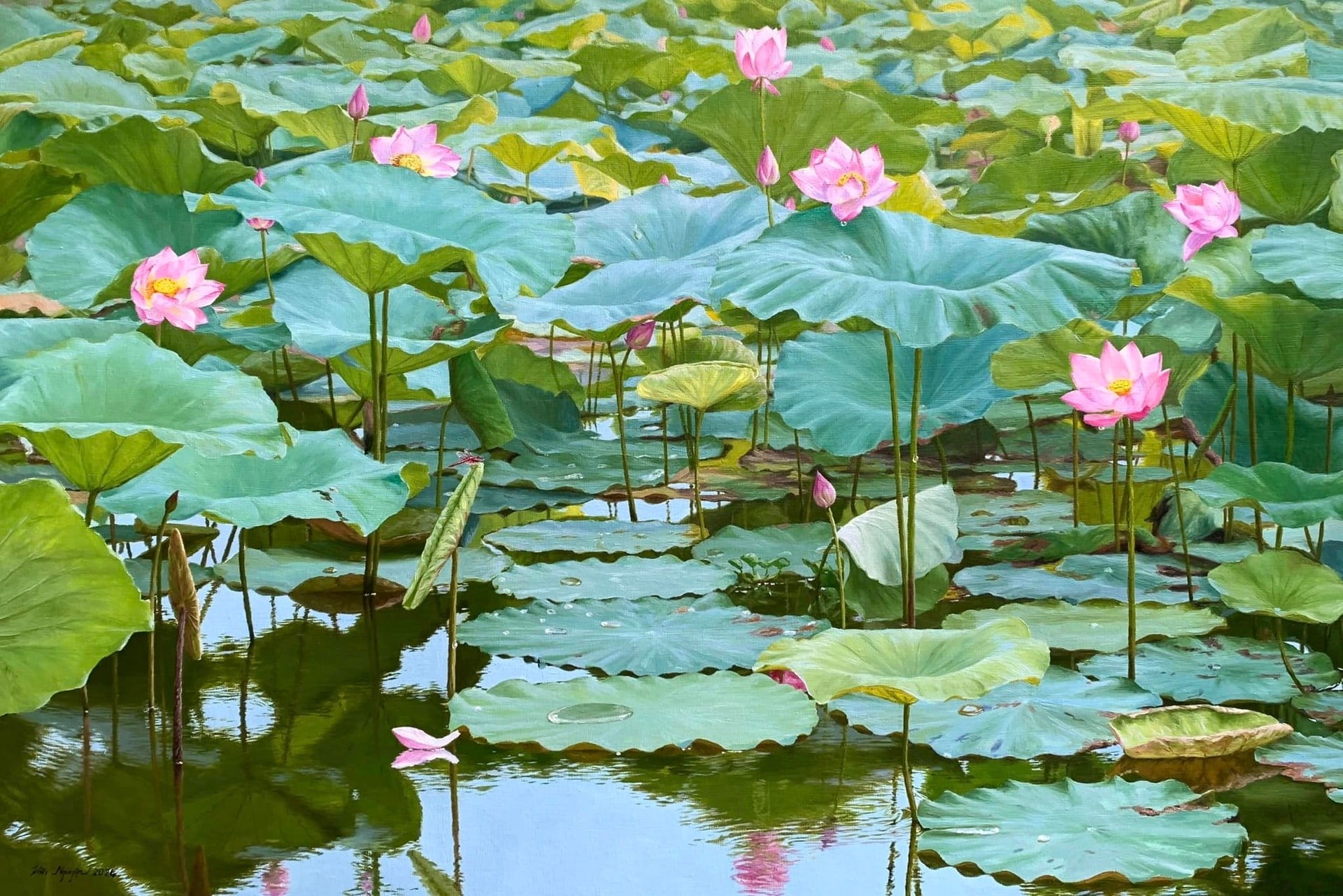
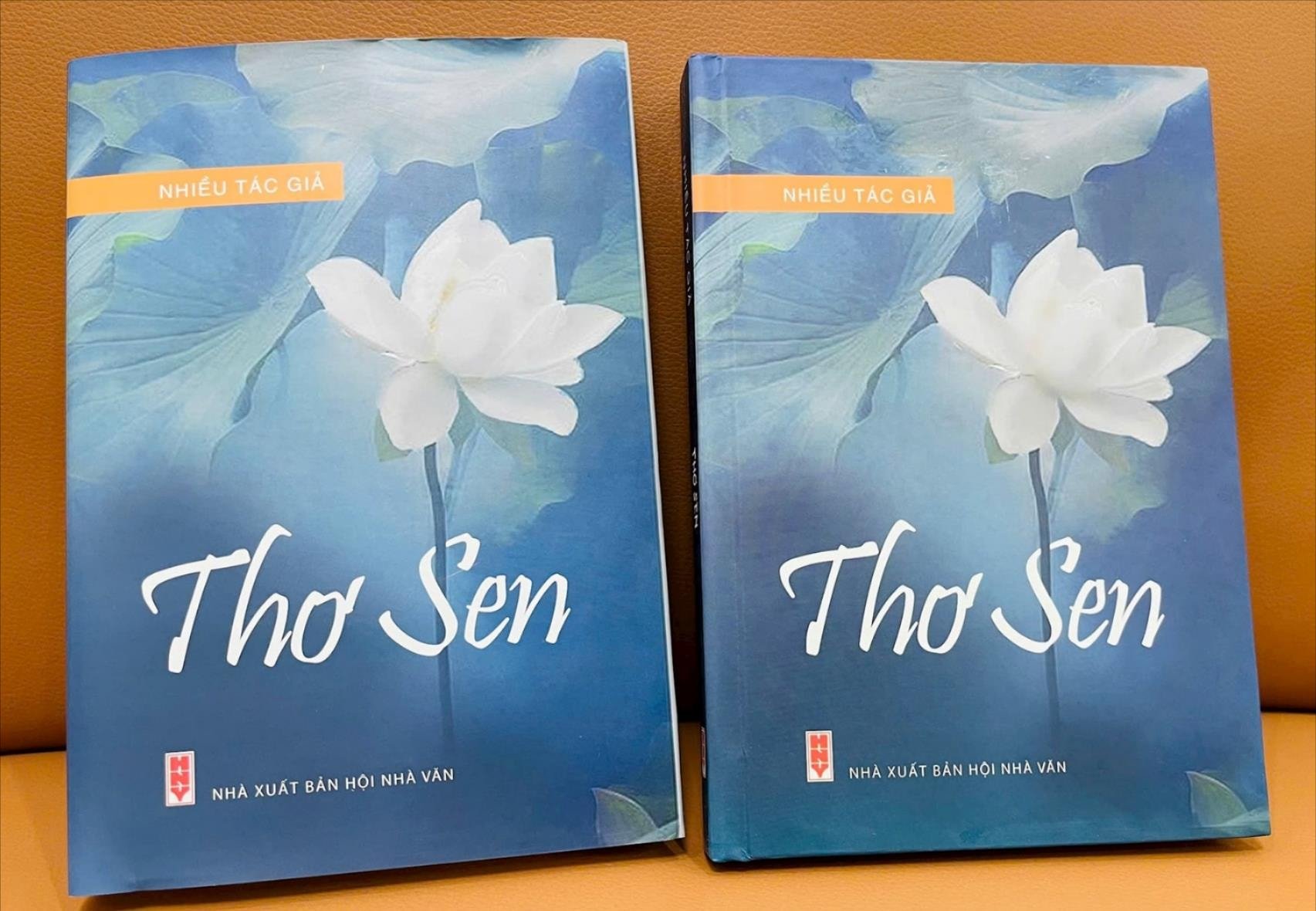
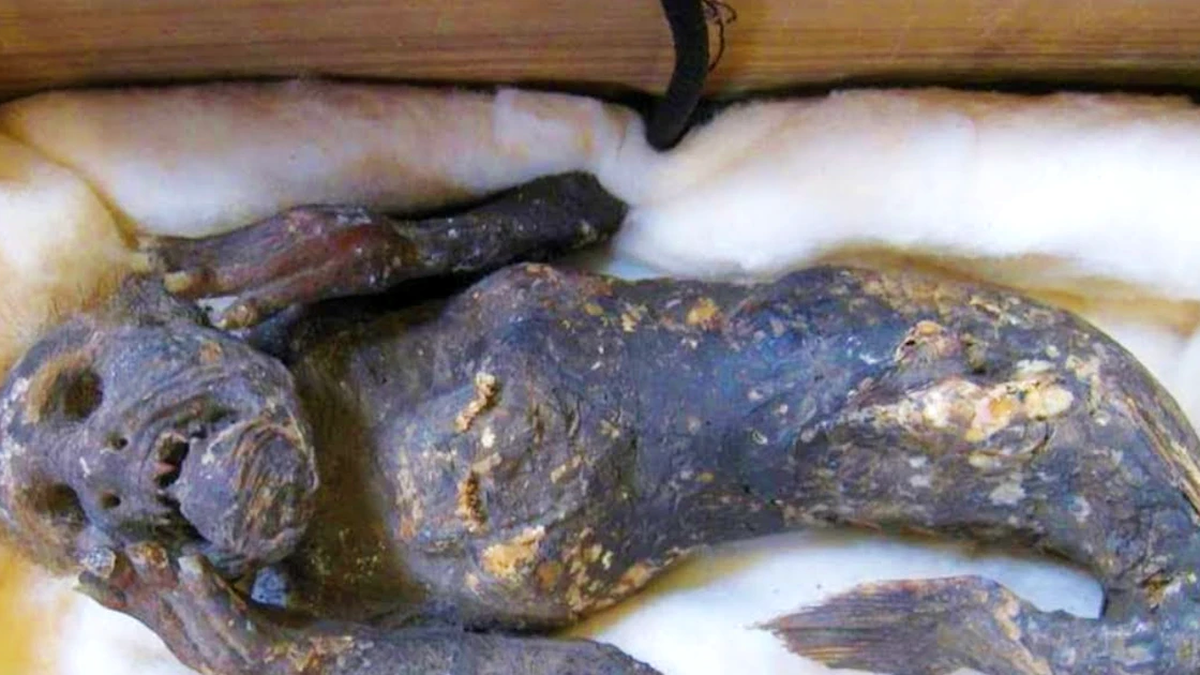

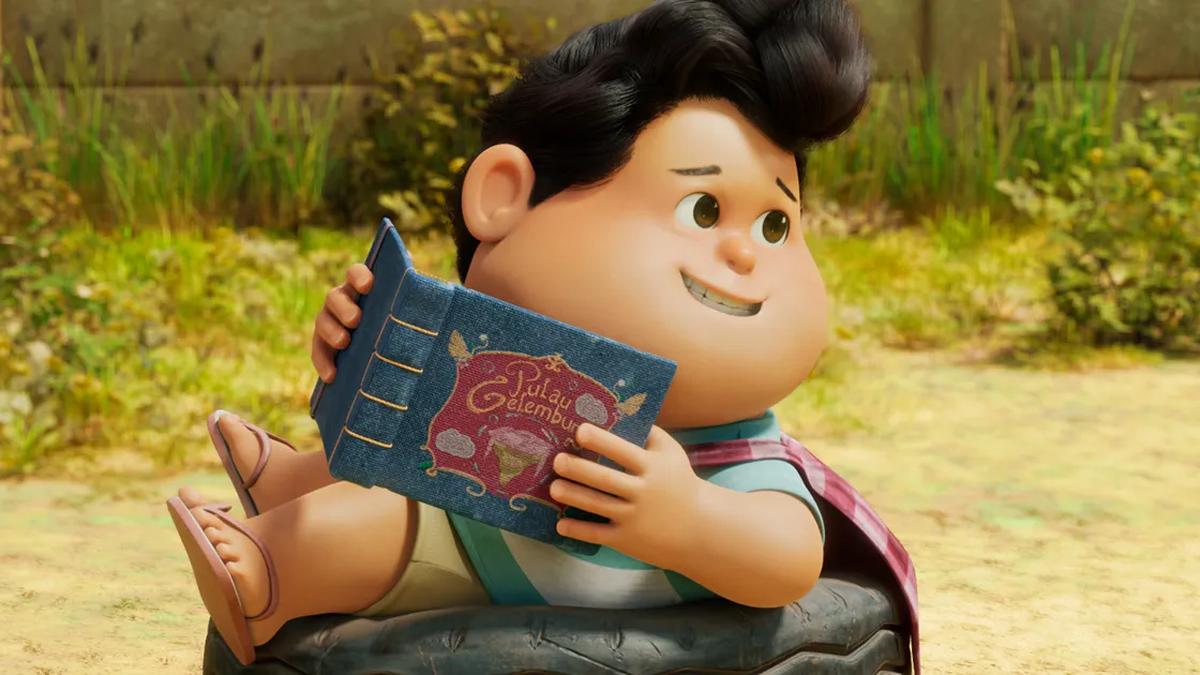





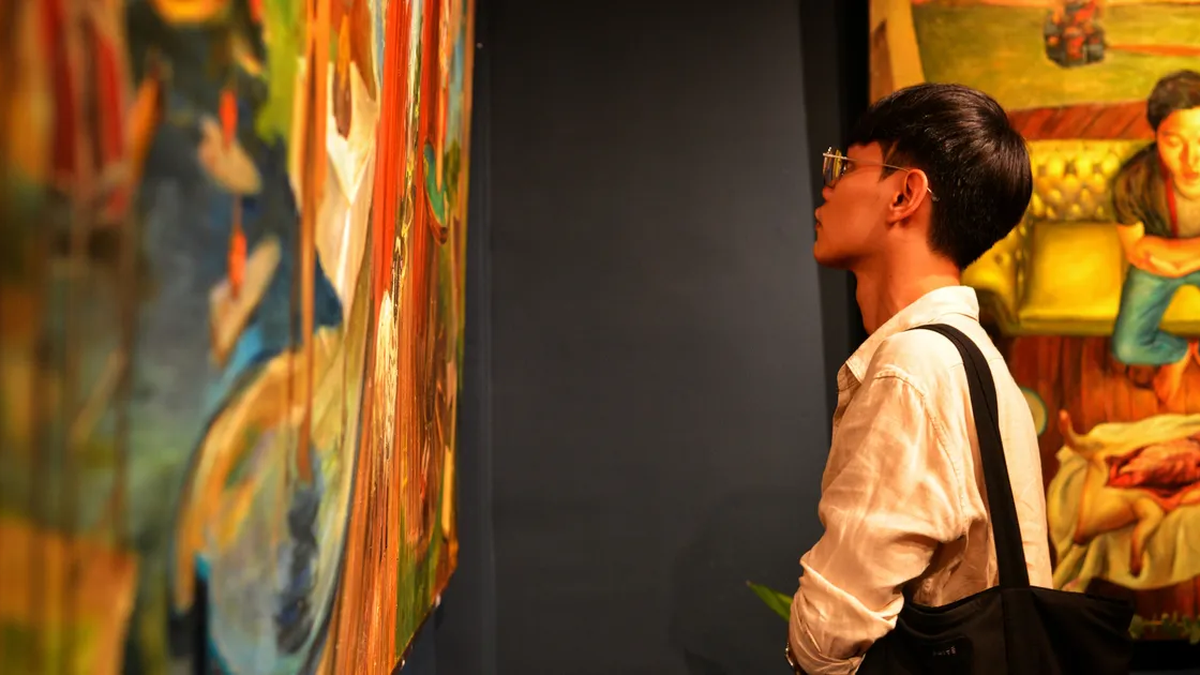
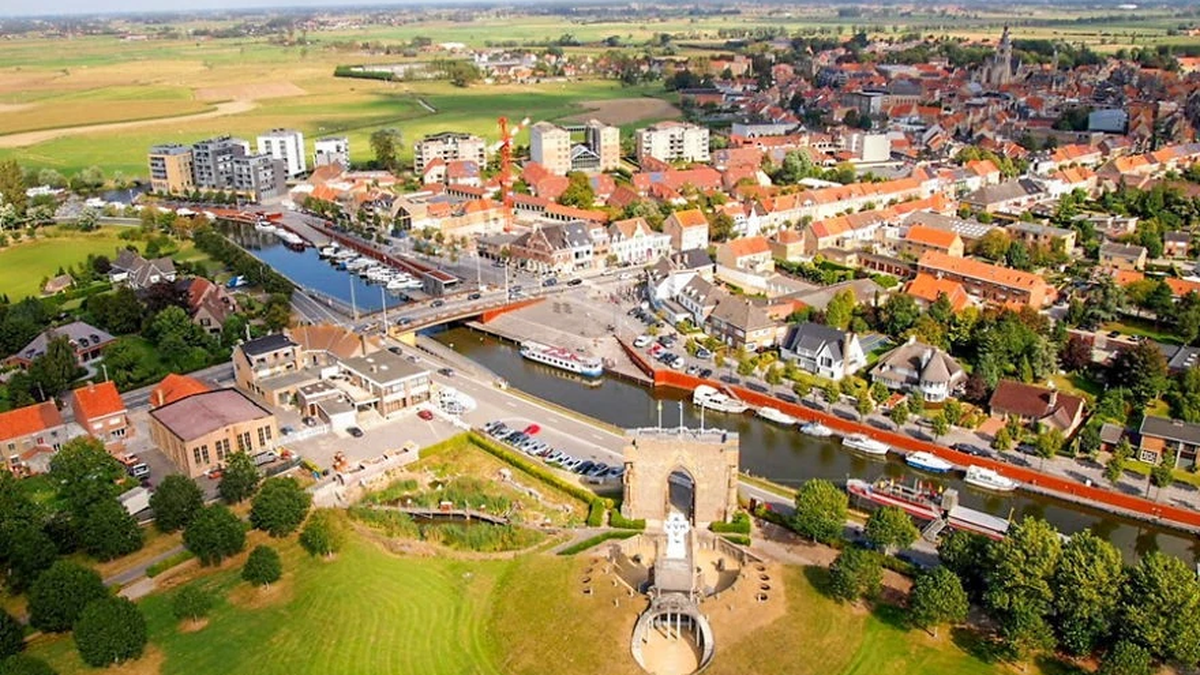
































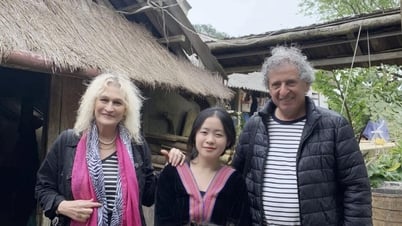



















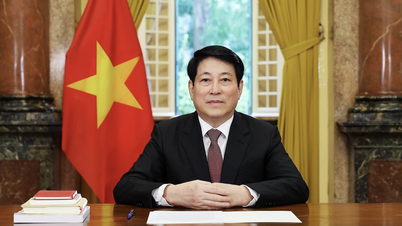
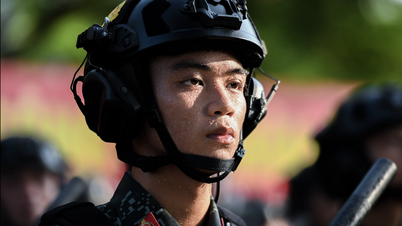




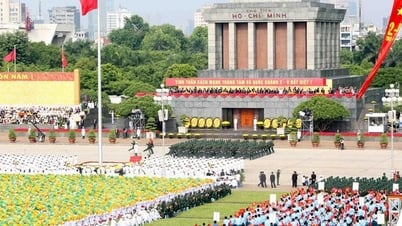




























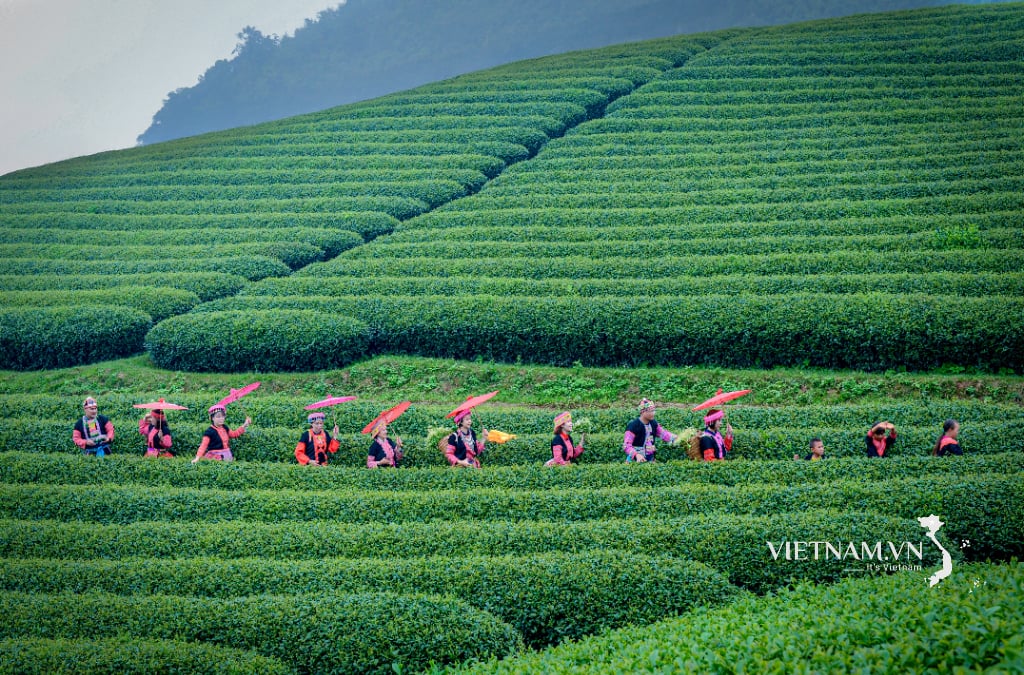

Comment (0)